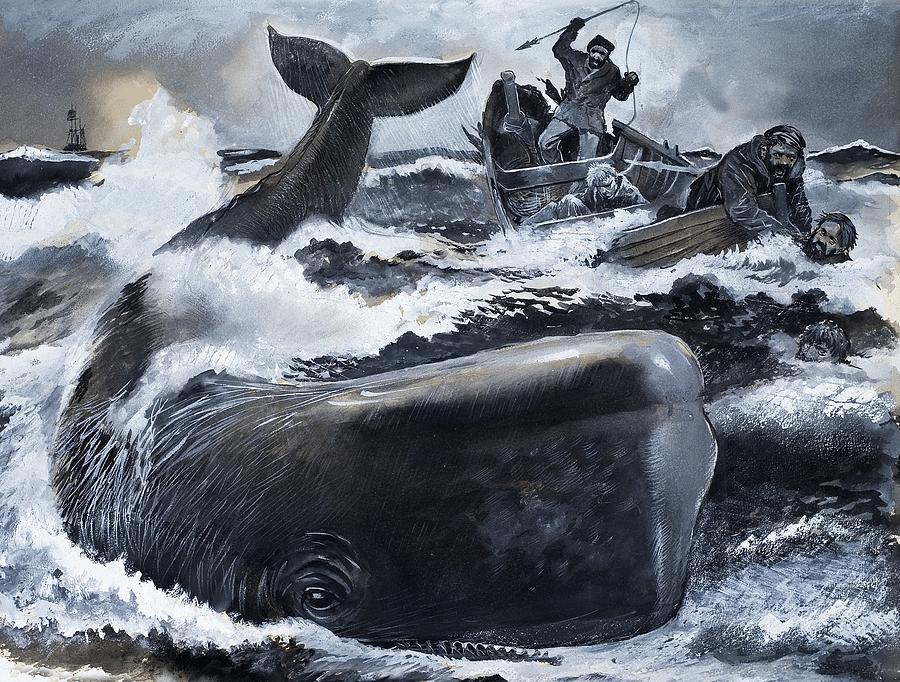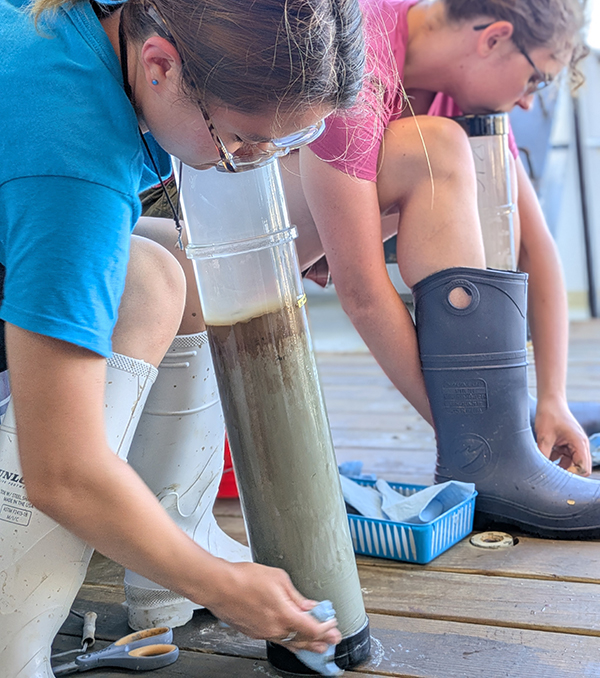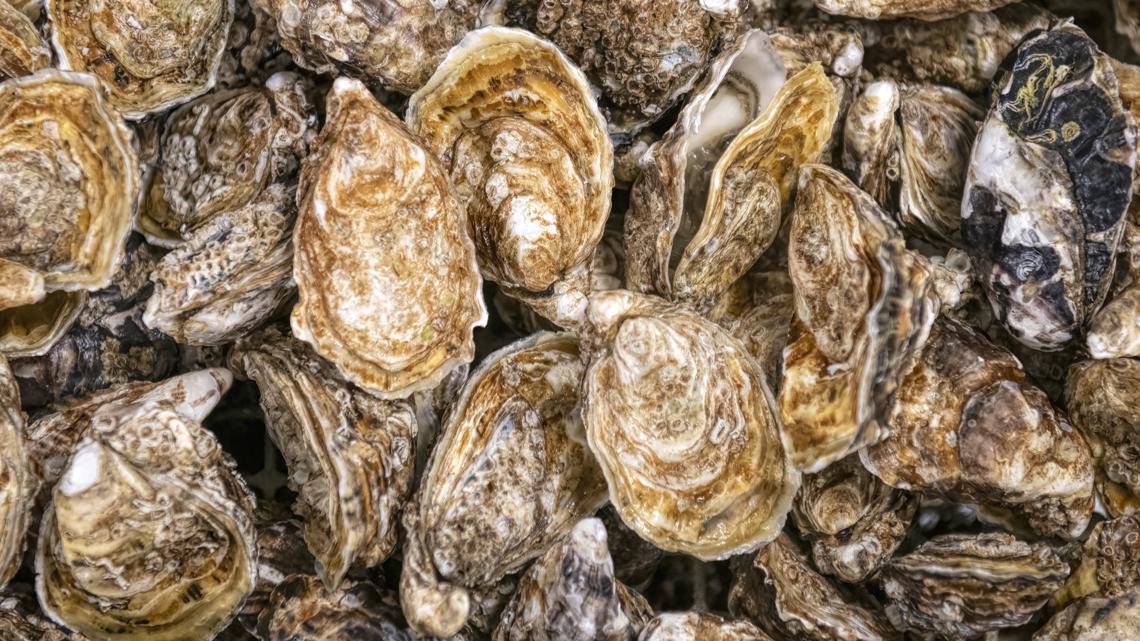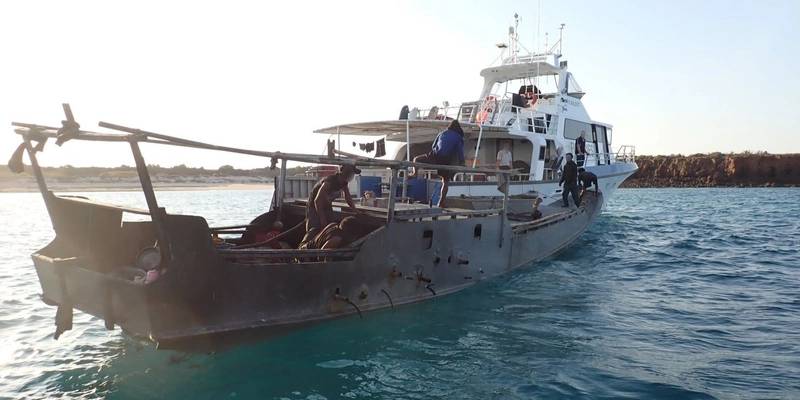Tens of Thousands of Deadly Traps. One Goal: Remove Them All. – Sea Shepherd Conservation Society

Report on Sea Shepherd’s Illegal Fishing Gear Removal Campaign in Greece and its Contribution to Sustainable Development Goals
1.0 Executive Summary
This report details the recent direct-action campaign initiated by the Sea Shepherd Conservation Society in Greece, focusing on the removal of illegal octopus traps from the Mediterranean Sea. The operation directly supports the United Nations Sustainable Development Goals (SDGs), with a primary emphasis on SDG 14 (Life Below Water). Initial results indicate a significant recovery of 4,650 illegal traps within the first four days, highlighting the campaign’s potential to combat illegal, unreported, and unregulated (IUU) fishing and reduce marine debris.
2.0 Campaign Objectives and Alignment with SDG 14: Life Below Water
The core mission is the large-scale removal of illegal fishing gear, which constitutes a severe threat to marine ecosystems. This initiative is in direct alignment with several targets under SDG 14.
- Target 14.1: Reduce Marine Pollution: By removing thousands of plastic and metal traps, the campaign actively mitigates marine debris, a persistent form of pollution that damages habitats and endangers marine life through “ghost fishing.”
- Target 14.2: Protect and Restore Ecosystems: The removal of these destructive traps helps protect vital coastal and marine habitats, allowing for the potential recovery of local marine populations and contributing to the overall health and productivity of the Mediterranean ecosystem.
- Target 14.4: End IUU Fishing and Destructive Practices: The campaign directly confronts illegal fishing by removing its primary tools. This action disrupts unsustainable harvesting practices, helps regulate fishing activities, and supports the conservation of octopus populations and other non-target species.
3.0 Broader Contributions to Global Sustainability
Beyond its primary focus on marine conservation, the campaign supports a wider framework of sustainable development.
- SDG 12: Responsible Consumption and Production: By combating illegal fishing, the operation promotes sustainable production patterns within the fishing industry. It discourages destructive methods that lead to over-exploitation of natural resources and encourages a shift towards more responsible and regulated practices.
- SDG 17: Partnerships for the Goals: As a non-governmental organization, Sea Shepherd’s campaign exemplifies the role of multi-stakeholder partnerships in achieving the SDGs. This action complements governmental efforts to enforce environmental law and protect marine biodiversity, showcasing a successful model of civil society engagement in global conservation.
4.0 Initial Outcomes and Strategic Goals
The campaign has demonstrated immediate and measurable success, with a clear strategy for future impact.
- Initial Recovery: A total of 4,650 illegal octopus traps were successfully recovered and removed from Greek waters within the first 96 hours of the operation.
- Record-Breaking Ambition: The stated goal is to surpass previous records for fishing gear removal, thereby maximizing the positive environmental impact within the Mediterranean region.
- Long-Term Vision: The ultimate objective is to safeguard marine wildlife throughout the Mediterranean by systematically dismantling the infrastructure of illegal and destructive fishing operations, ensuring the long-term health of the sea in line with the 2030 Agenda for Sustainable Development.
Analysis of Sustainable Development Goals (SDGs) in the Article
1. Which SDGs are addressed or connected to the issues highlighted in the article?
The article’s content is primarily connected to one Sustainable Development Goal:
- SDG 14: Life Below Water – This goal aims to “conserve and sustainably use the oceans, seas and marine resources for sustainable development.” The article directly addresses this by describing a campaign by the Sea Shepherd Conservation Society to remove “thousands of illegal octopus traps in Greece.” This action is a direct effort to combat marine pollution, protect marine life, and address illegal fishing practices, which are all central tenets of SDG 14.
2. What specific targets under those SDGs can be identified based on the article’s content?
Based on the focus of the article, several targets under SDG 14 are relevant:
-
Target 14.1: “By 2025, prevent and significantly reduce marine pollution of all kinds, in particular from land-based activities, including marine debris and nutrient pollution.”
- Explanation: The “illegal octopus traps” mentioned in the article are a form of marine debris. These “deadly traps” pollute the marine environment and pose a threat to wildlife. The campaign’s goal to “Remove Them All” is a direct action to reduce this specific type of marine pollution.
-
Target 14.2: “By 2020, sustainably manage and protect marine and coastal ecosystems to avoid significant adverse impacts… and take action for their restoration…”
- Explanation: The article states the campaign’s purpose is to “protect marine life across the Mediterranean.” By removing thousands of traps that indiscriminately capture and kill marine animals, the initiative helps protect the marine ecosystem from the “significant adverse impacts” of this gear, contributing to the overall health and restoration of the local marine environment.
-
Target 14.4: “By 2020, effectively regulate harvesting and end overfishing, illegal, unreported and unregulated (IUU) fishing and destructive fishing practices…”
- Explanation: The article explicitly identifies the octopus traps as “illegal.” The campaign to remove them is a direct countermeasure against Illegal, Unreported, and Unregulated (IUU) fishing. These traps represent a destructive fishing practice that the campaign is actively working to eliminate from the waters in Greece.
3. Are there any indicators mentioned or implied in the article that can be used to measure progress towards the identified targets?
Yes, the article provides a clear, quantifiable indicator to measure the progress of the conservation effort.
-
Indicator: The number of illegal octopus traps recovered.
- Explanation: The article provides a specific metric: “4,650 in the first four days alone.” This number serves as a direct and measurable indicator of the progress being made towards achieving the identified targets. For Target 14.1, it measures the reduction of marine debris. For Targets 14.2 and 14.4, it quantifies the effort to protect ecosystems by removing destructive and illegal fishing gear. The campaign’s overall goal to “Remove Them All” implies that the total number of traps removed is the primary success metric.
4. Summary Table of SDGs, Targets, and Indicators
| SDGs | Targets | Indicators |
|---|---|---|
| SDG 14: Life Below Water |
|
|
Source: seashepherd.org

What is Your Reaction?
 Like
0
Like
0
 Dislike
0
Dislike
0
 Love
0
Love
0
 Funny
0
Funny
0
 Angry
0
Angry
0
 Sad
0
Sad
0
 Wow
0
Wow
0












































































